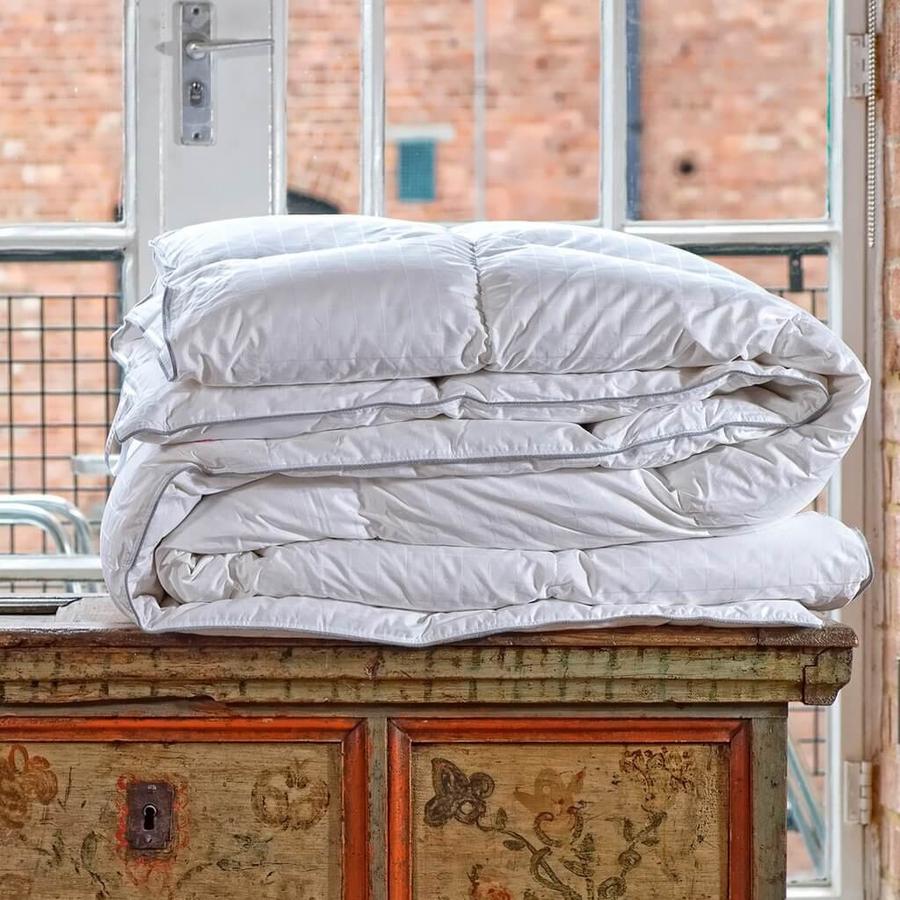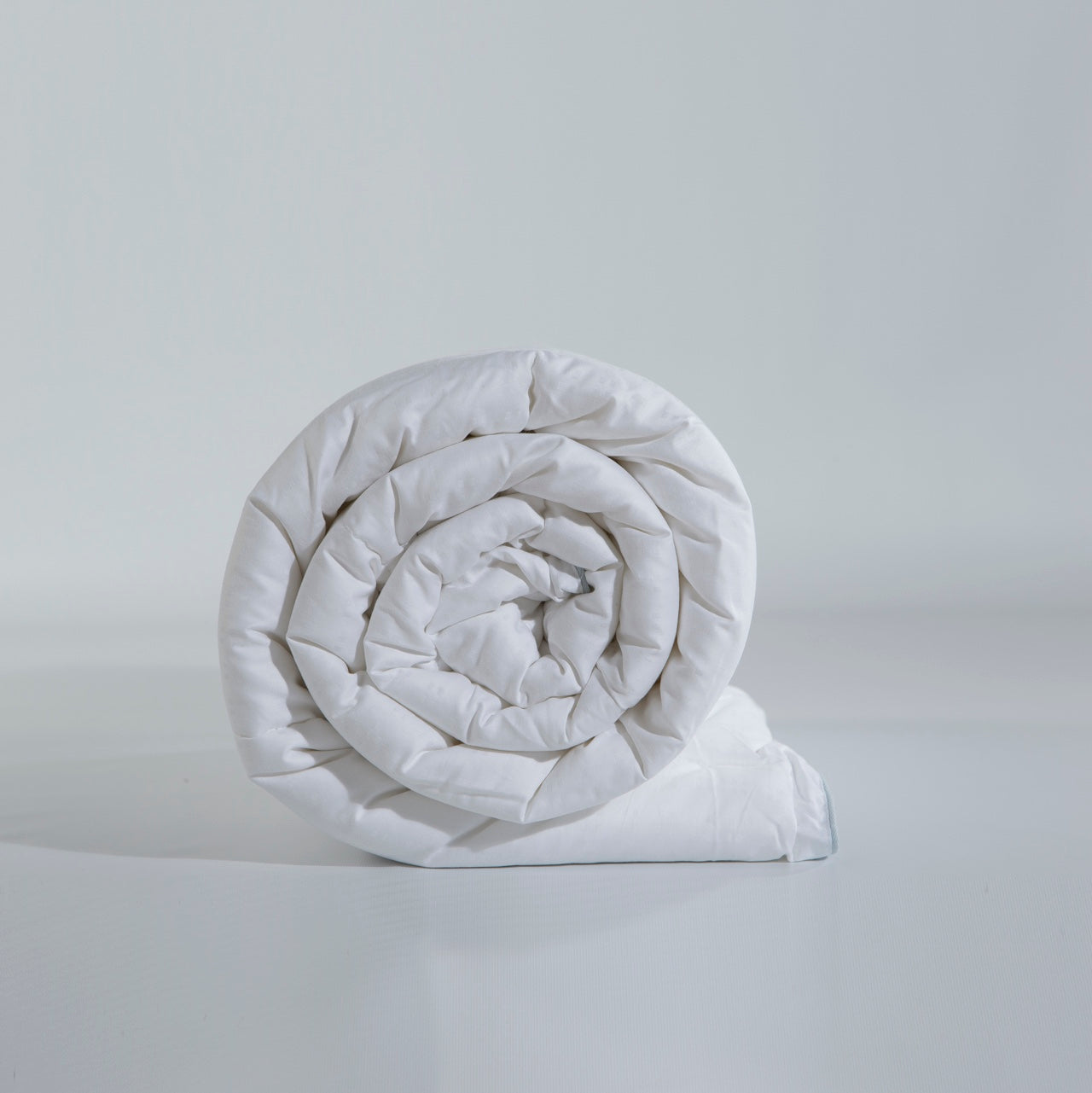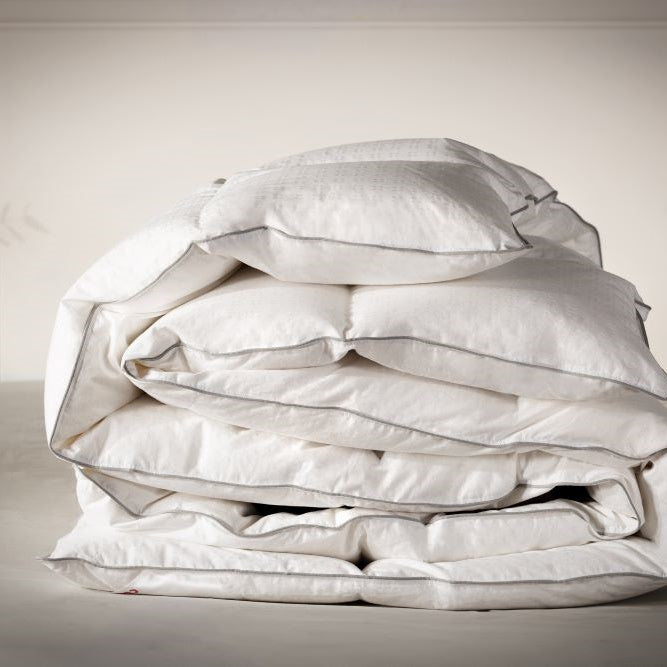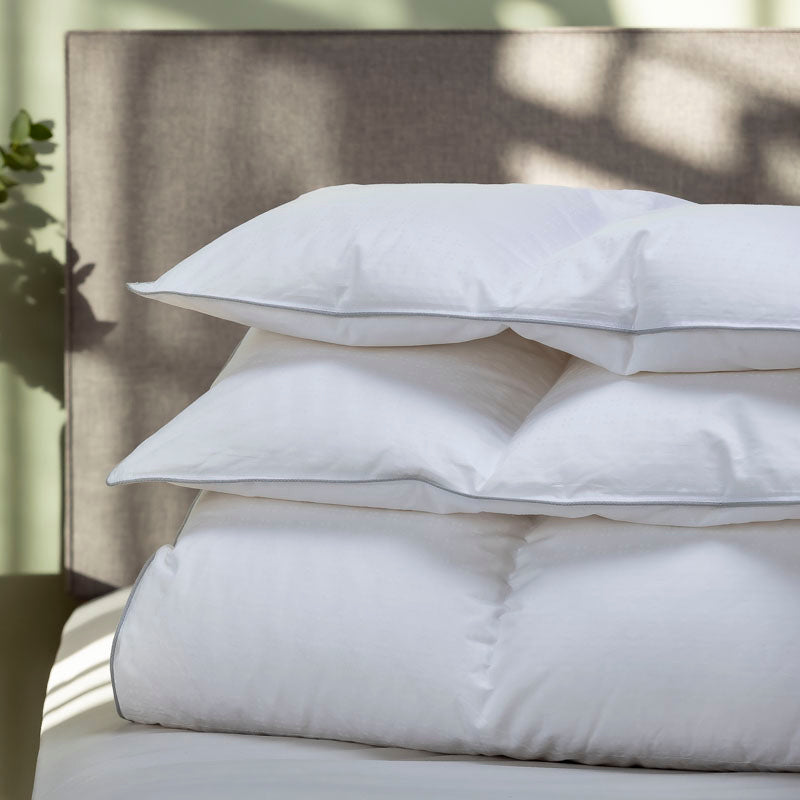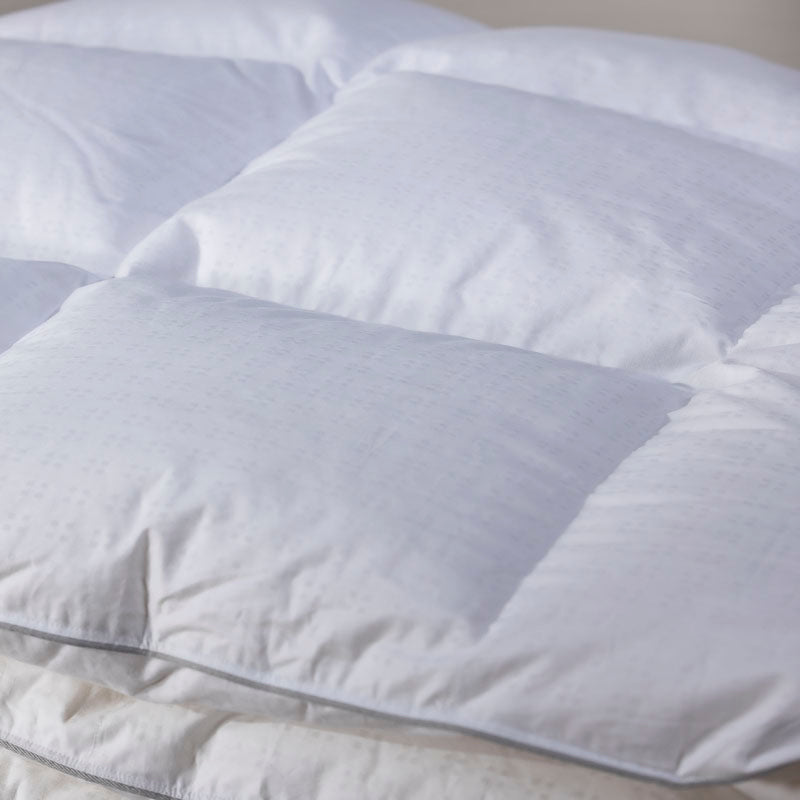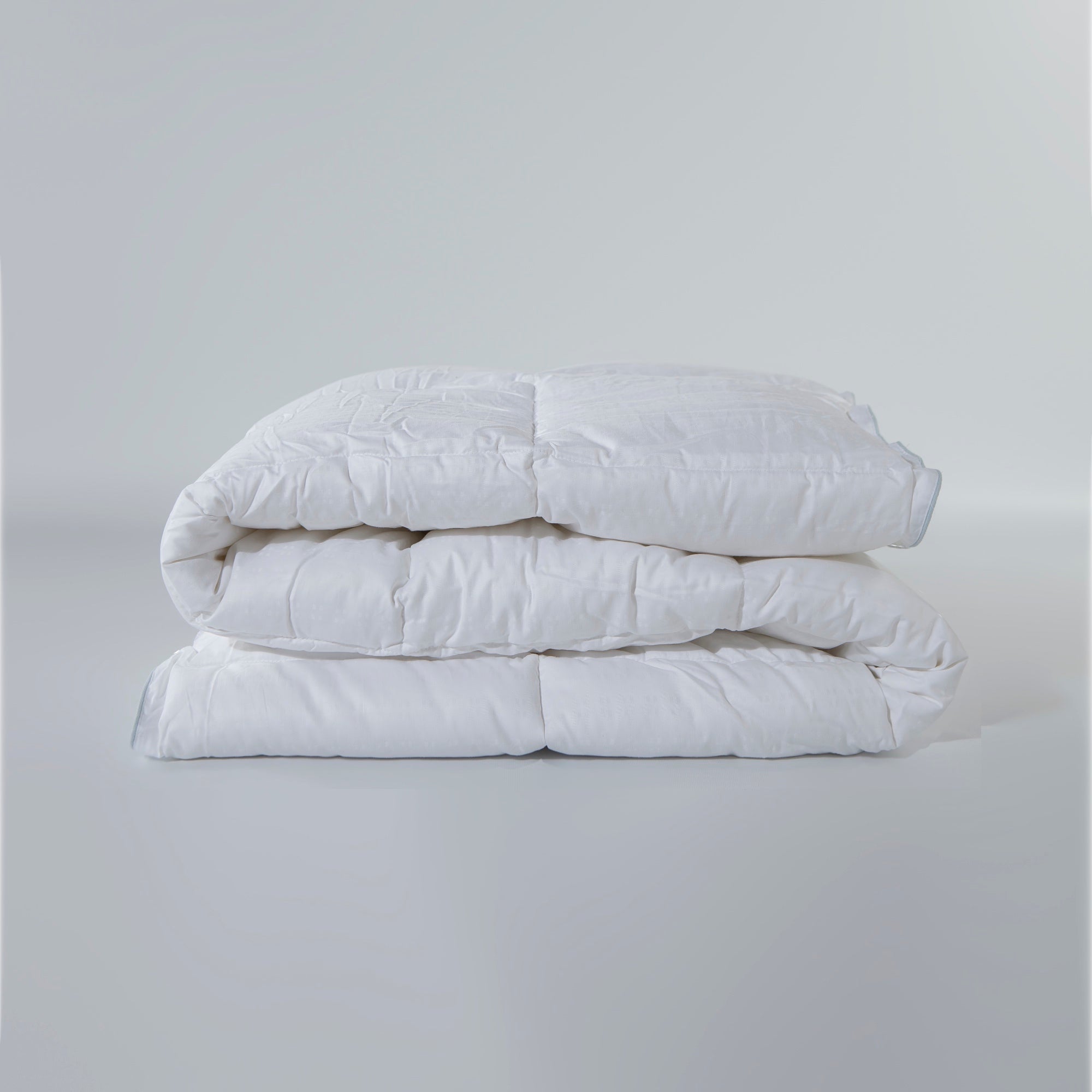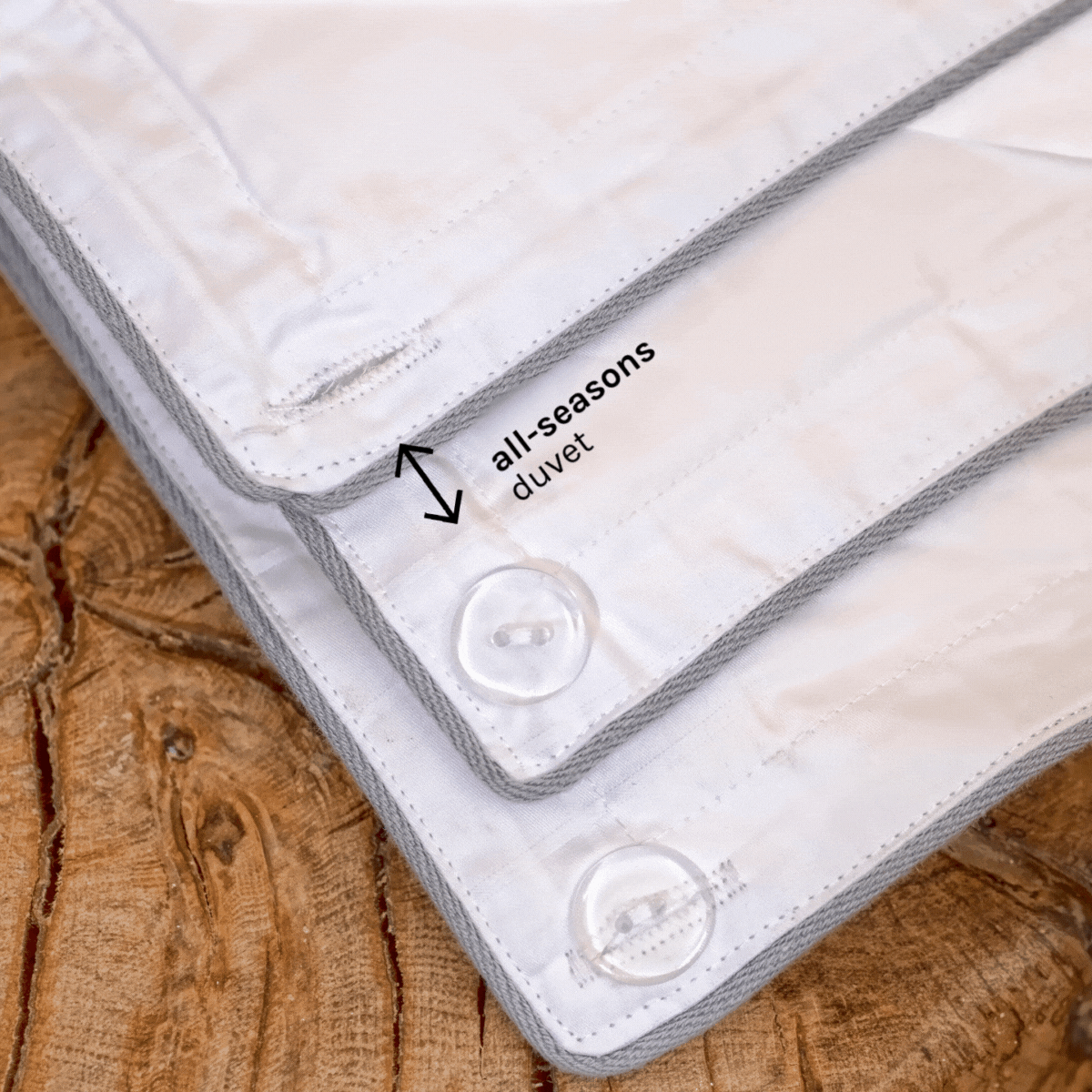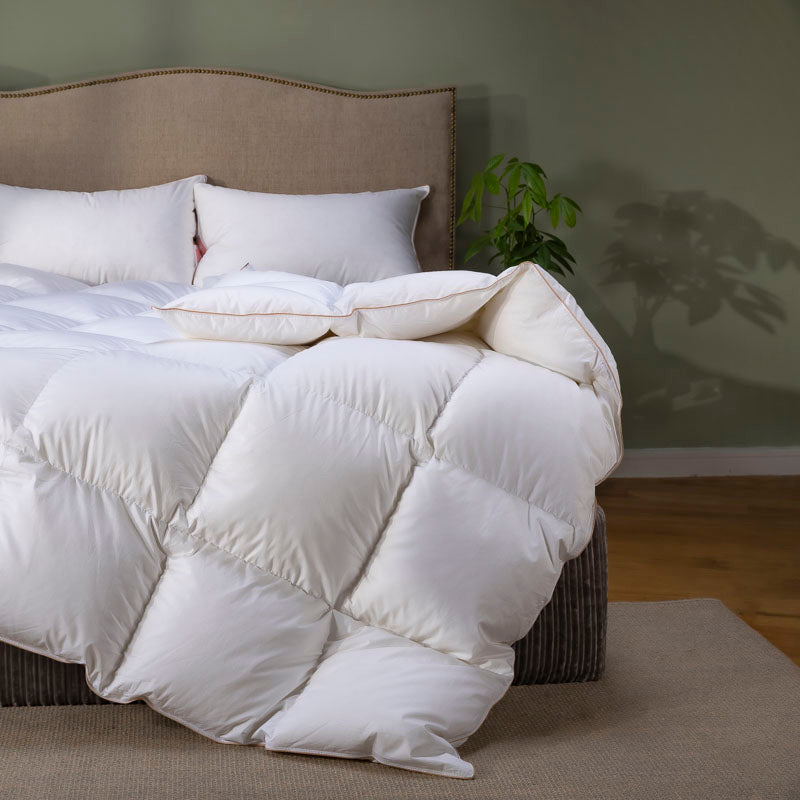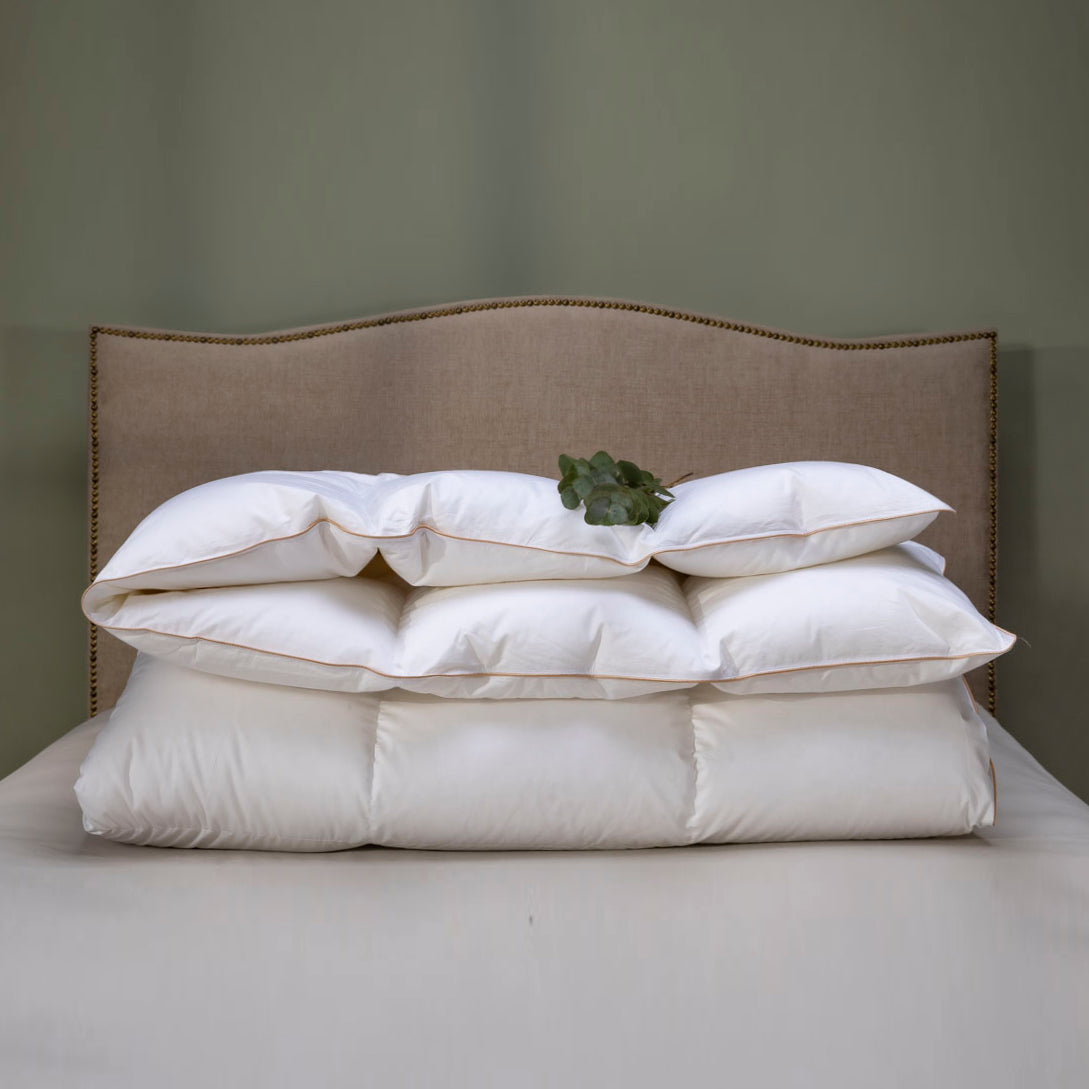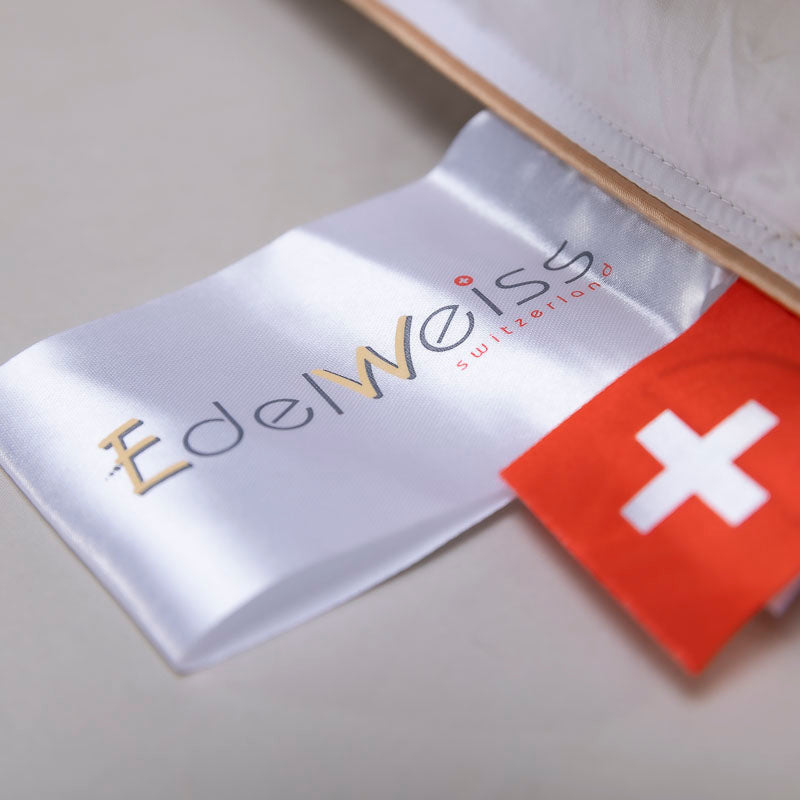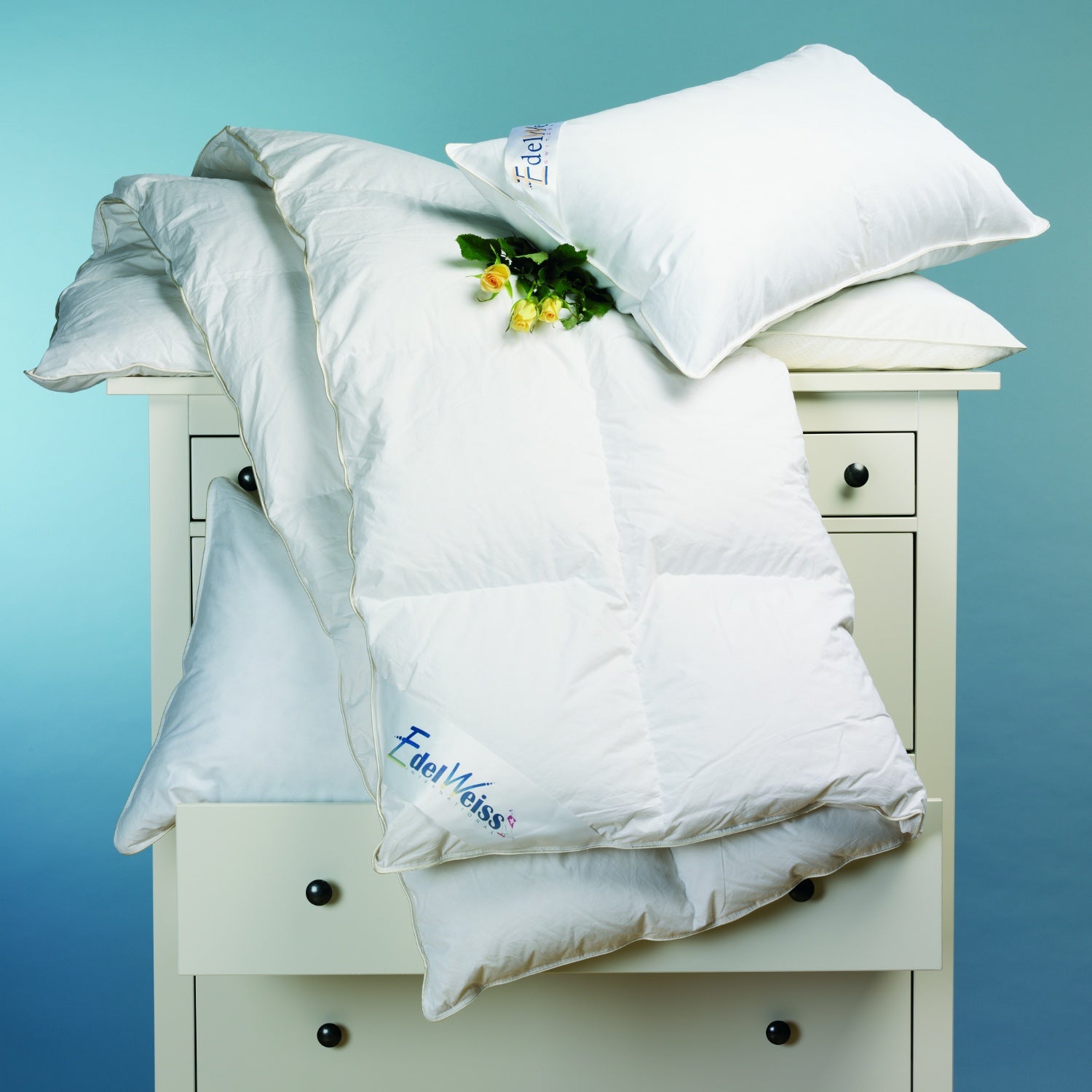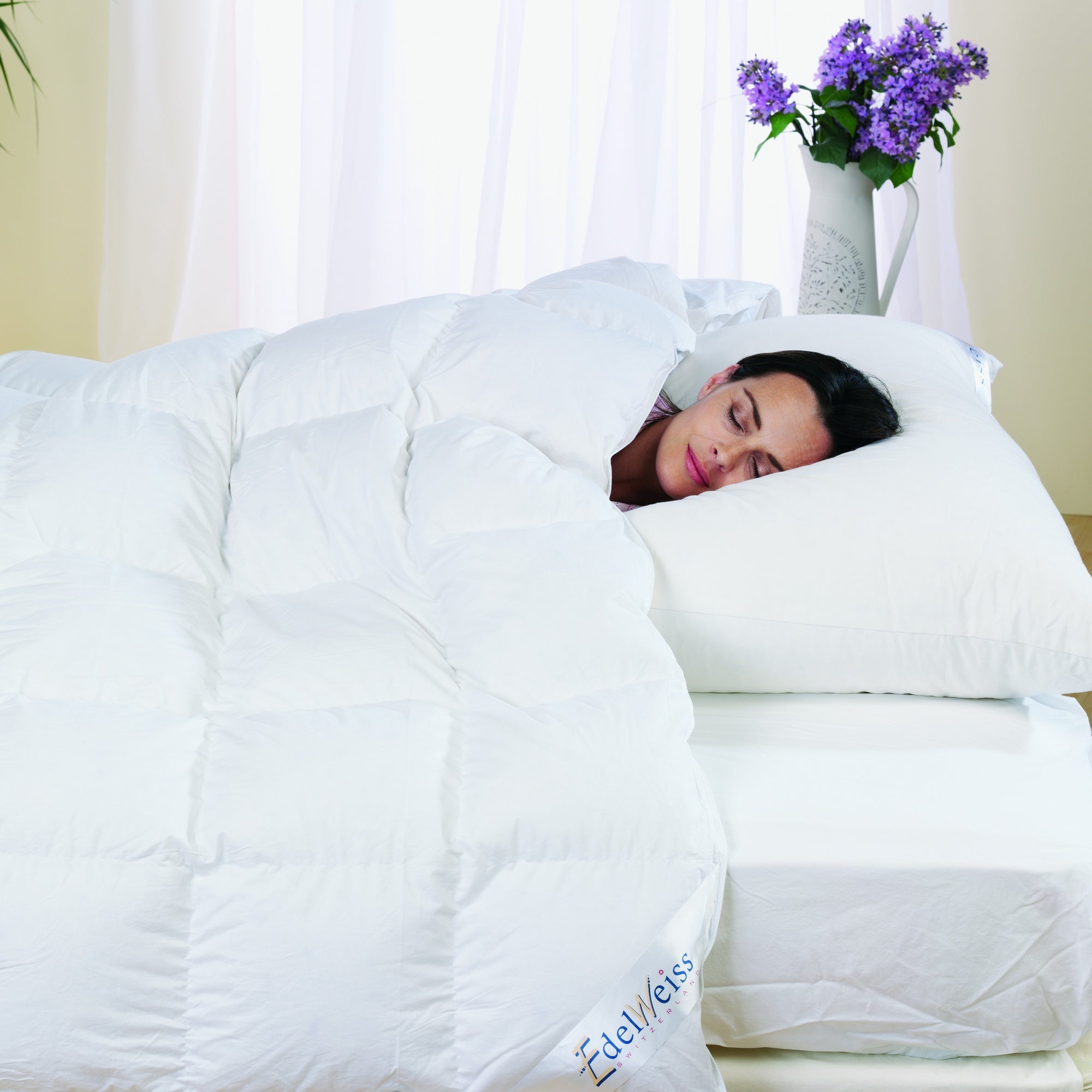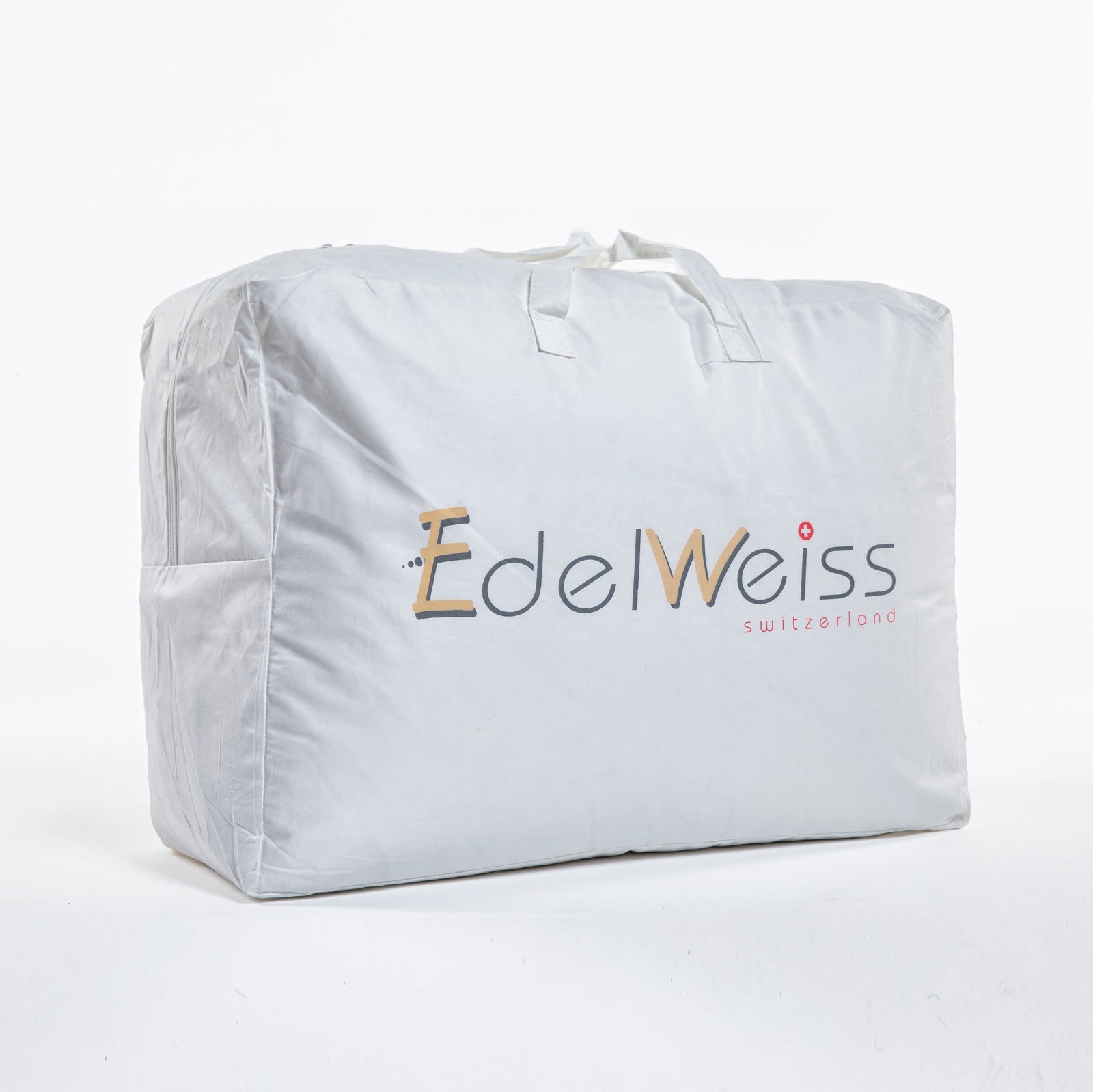If you are worried about how to get the best duvet filling, then you are at the right place, as we will be taking a look at some of the most suitable duvet material options for different weather conditions, from the midst of summer to the intense winter. Keep reading to find out!
How to Choose the Best Duvet Filling
You need to understand a lot of things about how to get the best duvet filling for your duvet, here are some of the important tips that can be useful:
1. Decide On the Type of the Tog for the Duvet:
The tog value for a duvet is the measure of its thermal insulation, a low tog number means a low level of insulation while a high tog value indicates a high insulation that is capable of keeping you warm all through the cold night.
However, the tog value should not be the only factor to consider while getting a duvet. The primary thing to consider when deciding on the tog value for your duvet is its ability to trap warm air and the tog rating. The higher the tog rating of the duvet, the warmer the duvet will be, which means the duvet will be able to trap just enough warm air.
For a summer duvet, go for a duvet that has between 2.5 – 4.5 tog, and for winter go for a duvet that has between 10.5 – 13.5 tog. While for autumn and spring, a duvet that has between 7 – 10.5 tog will be okay for you. However, if you are looking for a duvet that will serve you all year round, then you should go for a duvet with around 7 tog.
Also, you can go for an all-season duvet that comes with two separate duvets; this all-season duvet should around 9 tog for autumn and spring and 4.5 tog for summer which can be connected together to get a tog of 13.5 for winter.
2. The Weight of the Duvet:
Weight also play a significant role in how a duvet can be effective for different seasons. Natural filling for duvets possesses better thermal properties than the synthetically filled ones and as a result of this, they require less duvet filling to achieve the same level of warmth.
The weight of these different duvets at times might not have significant effect on their abilities to retain warmness, as there are some high-end down duvets that are practically weightless and yet are always warm than some other duvets that are man-made.
3. The Duvet Fill Power:
The fill power of a duvet is a measure of the quality of the duvet. The higher the fill power of a duvet, the higher its quality. The fill power of the duvet is dependent of the content and it is responsible for how long the duvet is likely to last. The fill power is measured in cubic centimetres per gram. The ratings for the duvet fill power vary between 345gsm (grams per square meter) and 750gsm feather down duvets. It is between 475gsm to 750gsm for specialist and synthetic duvets.
What Is the Best Filling for a Duvet?
Now that we have highlighted some of the tips that can influence your duvet choice, let's take a look at what duvet filling type that might be best for you.
The main choice available to you, include the natural and synthetic duvet types; these are duvets made from natural fillings such as silk, wool, feathers or down. Duvets made from natural fillings are more breathable and also last longer, this makes them suitable for all seasons.
The lightweight duvets are those with down filling. Lightweight duvets are excellent for insulation because their duvet material keeps cold air out and traps air in.
However, feather fillings are heavier because of the quills. It is possible to get a combination of both the lightweight and feather filling duvets. It should however be noted that this type of duvets might not be suitable for allergy sufferers. Hence, duvets made from natural fillings such as wool and silk are dust mite resistant and they are also naturally hypoallergenic.
Most synthetic fiber filled duvets are cheap and are easy to care for in terms of washing bedding, but they do not last as long as natural duvets. Hence, it is important that you put all these together based on what you want to get the best duvet filling.
